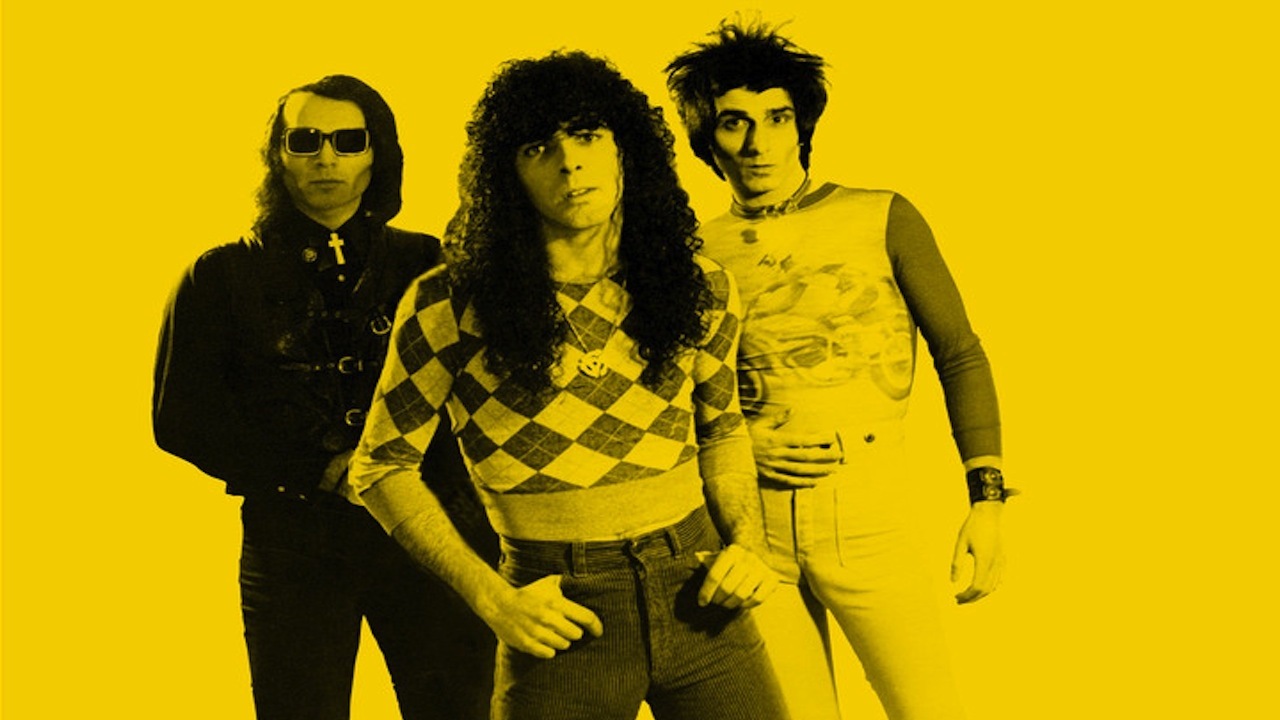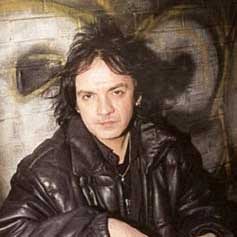Appalled by the Woodstock generation’s dowdy anti-fashion, Brooklyn teenager Paul Zone was drawn to the proto-glam of Bolan and Alice Cooper before seeing the New York Dolls in mid-1972 thrust him into the vibrant underground scene developing in New York. Armed with a cheap camera, he photographed the oddballs, misfits and future stars who converged on the Mercer Arts Center, Max’s Kansas City and the Bowery biker bar that became CBGB.
Often looking more outrageous than the bands, he snapped new friends such as the nascent Blondie at their earliest gigs, electro pioneers Suicide and the Ramones kicking back at CB’s, his pictures appearing in Punk and Creem magazines. At the same time, Paul’s brothers Mandy and Miki’s band The Fast were building a live reputation around the New York clubs with their new wave power-pop.
After Paul became lead singer in 1976 (prodded by Debbie Harry and Chris Stein), The Fast released their first single on CBS, but never bust into the big time. By 1983, Paul and Miki had morphed into synth-pop duo Man 2 Man, hitting the happening gay scene with hi-NRG anthems such as Male Stripper.
Paul has revisited his roots and archives to compile this remarkable, often moving pictorial record of New York’s punk scene in its formative days, presenting, as Harry and Stein say in their foreword, “an invaluable window into that world”. After being dislodged by the procession of previously unseen live Dolls and often startling early Blondie shots, your jaw will hit the floor as you encounter Suicide’s Alan Vega sporting a Dolly Parton wig and silver-painted face in 1973, Wayne County in his fearless transsexual finery, a giggling Joey Ramone at the tea table, outsider careerists Kiss playing a Queens bar, plus names including Alice, Lou Reed, Iggy, Patti Smith, Richard Hell, the Heartbreakers and lesser-known scenesters such as Lance Loud and some of the infamous girlfriends.
Although the photos could never be considered technically perfect, rarely have their subjects looked so off guard or relaxed, while the live shots capture rarely seen early events. As an intimate document of New York’s finest at this pivotal time, this remarkable collection is out on its own.

